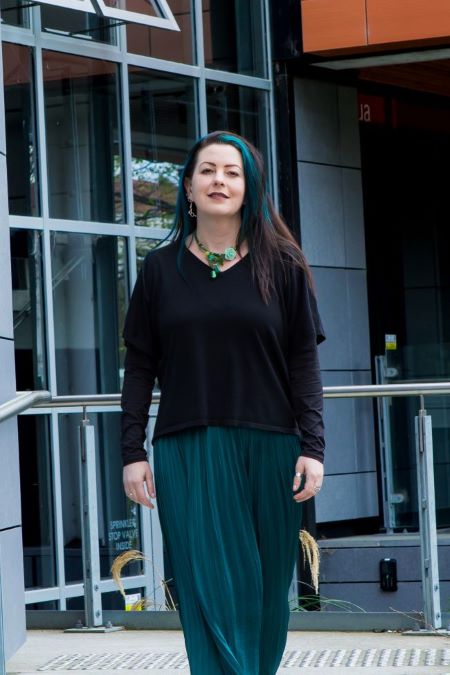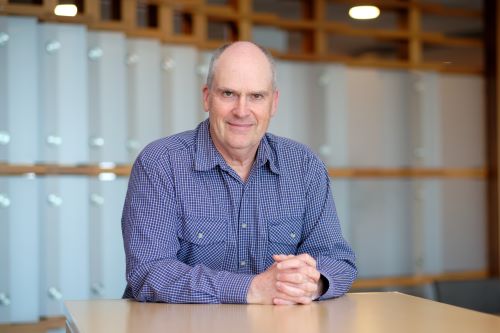This is the story of very small cheese that is ripe for success. Open Country Cheese was formed back in 2001, the same day legislation restructuring the dairy industry was passed. Until then, the Dairy Board had exercised sole rights to export our dairy products.
Now industry giant Fonterra and this small independent company based in Waharoa, north of Matamata in the eastern Waikato, could supply New Zealand’s hungry international markets.
Not that there was much comparison between the two in terms of scale. At its start-up Open Country Cheese was headed by former National MP Wyatt Creech who said the company was trying to add new dimension to the dairy industry, and that the business was “about as small as you can go and still have the economies of size that you need to employ modern technology”.
Open Country, with its emphasis on traditional cheese making values, has taken cautious but successful approach to commissioning its factory. Its Colby, Havarti and Edam cheeses have also, scored some of the top prizes at the New Zealand Cheese Awards.
A public share offer in June 2004 was the first time non-dairy farmers had been able to buy equity in the dairy industry – New Zealand’s largest export sector.
To farmers, Open Country markets itself as small but viable alternative to Fonterra. Last season, it had 26 suppliers. That’s now risen to over 100 for the 2006/2007 season.
The company has deliberately rolled out production in series of incremental jumps. In its first production season Open Country Cheese overshot its production target of 5000 tonnes by 20 percent. The cheese was exported to markets including Australia, the Middle East and the West Indies.
In the year to May 2006, cheese production was hiked to 9000 tonnes. Next season it is getting close to capacity. Open Country confidently predicts it will double last season’s milk production to 160 million litres. That equates to over 18,000 tonnes of cheese and 8000 tonnes of whey powder. Whey to go.
JUDGES’ COMMENTS
WINNER: OPEN COUNTRY CHEESE
One of those nice success stories in which the little guy takes on the monolith. Open Country Cheese began production in 2004, the first new independent dairy operation since Fonterra was formed in 2001. It is tiny player. Its 2004 prospectus envisaged production of 5000 tonnes of premium-grade cheese for export. That’s less than two percent of New Zealand’s exported cheese volumes.
In its first production season the company way exceeded its production target and used only about one quarter of its plant’s capacity. This time round it expects to double volumes. Latest results? $1.87 million net surplus on revenue more than doubled to $42.4 million.
FINALIST: PROLIFICX
A fast-growing company with an impressive track record and considerable promise for more to come. Prolificx specialises in the design and manufacture of embedded hardware for the mobile communications market. In 2002 the company received $100,000 investment from FoRST to help with development of single microprocessor computer board.
Since then the company has recorded 260 percent compound annual growth. Turnover has escalated from virtually zero to $18 million in just five years. But its biggest opportunity is likely to come in the next six months as it works with Oracle, the world’s largest enterprise software company, to develop enterprise level telematics systems for vehicle fleets worldwide.
FINALIST: RAKON
Last year, the judges picked Rakon for its huge upside potential. Since then this world-leading technology specialist has made number of moves that have prompted this year’s judges to back it again. Rakon has moved beyond its original family ownership. Earlier this year it listed on the New Zealand Stock Exchange as part of its plan to ramp up product development and expand manufacturing capability. Revenue continues to grow.
Rakon develops and produces high performance quartz crystal components for use in global positioning systems (GPS) and wireless communications. As GPS moves from niche product to consumer mass market, Rakon is well placed to benefit. Add to that Rakon’s embedded culture of continual innovation and improvement and the signals bode well for the future.











